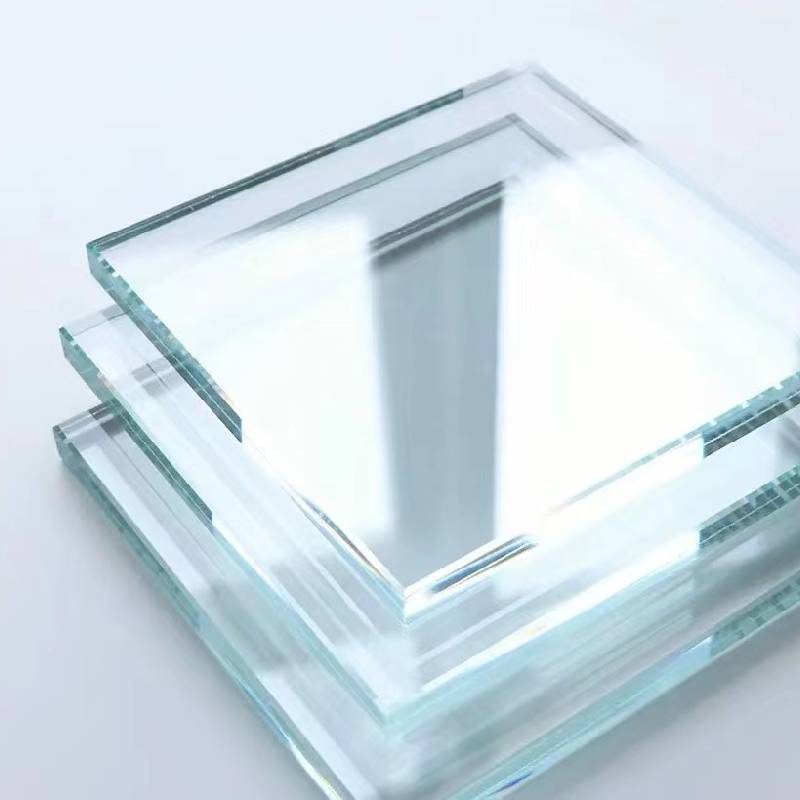

Understanding Low-E Double Glass Enhancing Energy Efficiency in Modern Buildings
In recent years, the demand for energy-efficient building materials has surged due to growing concerns about energy consumption and environmental sustainability. Among these materials, low-emissivity (Low-E) double glass has emerged as a popular choice for residential and commercial buildings alike. This innovative solution not only enhances energy efficiency but also contributes to improved indoor comfort and reduced energy costs.
What is Low-E Double Glass?
Low-E double glass refers to a type of insulated glazing that features two glass panes separated by a spacer to create an air or gas-filled space. The Low-E designation comes from a microscopically thin coating that is applied to one or both of the glass panes. This coating serves to reflect infrared energy while allowing visible light to pass through, thereby maintaining indoor brightness while minimizing heat transfer.
Benefits of Low-E Double Glass
1. Energy Efficiency The primary advantage of Low-E double glass is its remarkable energy efficiency. By reducing heat loss in winter and minimizing heat gain in summer, it helps regulate indoor temperatures more effectively. This means that heating and cooling systems do not have to work as hard, leading to significant energy savings.
2. UV Protection The Low-E coating also helps block harmful ultraviolet (UV) rays, which can cause fading of furniture, flooring, and artwork. By incorporating Low-E double glass into building designs, property owners can protect their interiors from sun damage while still enjoying natural light.

3. Glare Reduction Another benefit of Low-E glass is its ability to mitigate glare from direct sunlight. This is particularly important in workspaces and living areas where excessive sunlight can cause discomfort. By reducing glare, Low-E double glass contributes to a more pleasant and productive environment.
4. Environmental Impact Utilizing Low-E double glass in construction supports broader environmental goals. By improving energy efficiency, buildings consume less power, which can translate into reduced greenhouse gas emissions. This aligns with global efforts to combat climate change and promotes sustainable building practices.
Types of Low-E Glass
There are two main types of Low-E coatings hard coat and soft coat. Hard coat Low-E is manufactured through a process that fuses the coating to the glass surface during production, resulting in a durable finish. It is best suited for temperate climates where heating is required but overall energy efficiency is less critical.
Soft coat Low-E, on the other hand, involves applying a microscopically thin layer of silver to the glass in a vacuum chamber. This coating offers superior thermal performance and is more effective in regions with extreme temperature fluctuations. While soft coat Low-E glass is more fragile than hard coat, it provides enhanced energy savings and comfort.
Conclusion
Incorporating low-E double glass into building designs represents a forward-thinking approach to energy efficiency and sustainability. With its ability to regulate indoor temperatures, protect against UV damage, reduce glare, and lower energy costs, it's clear why this technology is becoming increasingly prevalent. Homeowners and builders alike should consider the long-term benefits of low-E double glass as they plan for future construction and renovation projects. As we strive for a more sustainable future, embracing innovative solutions like low-E glass will be essential in creating buildings that are not only energy-efficient but also comfortable and welcoming spaces for all.